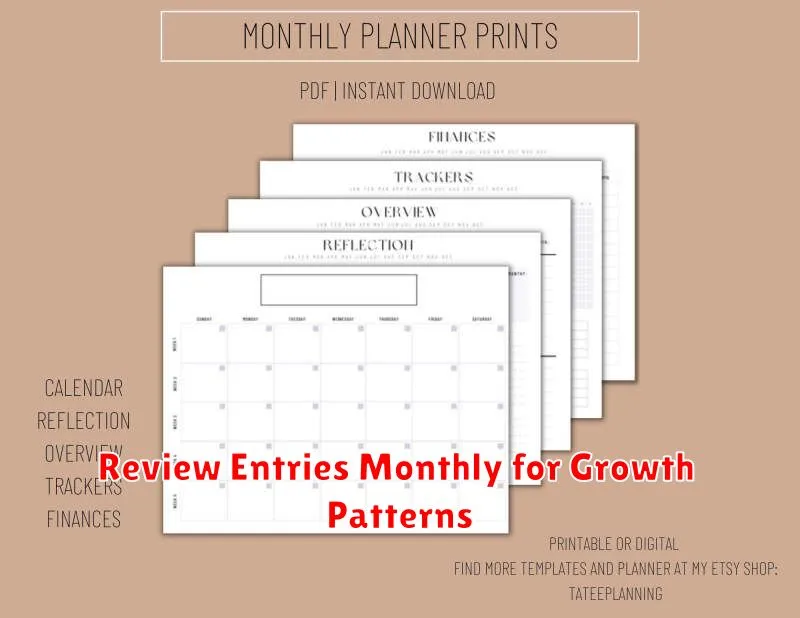Strengthen your financial well-being and cultivate resilience with the power of financial journaling. This practical guide reveals how consistent journaling can transform your relationship with money, building emotional resilience and empowering you to navigate financial challenges with greater confidence and control. Learn proven techniques to track spending, identify financial goals, and develop a mindful approach to budgeting and saving – ultimately fostering financial stability and a more positive mindset around your personal finances.
Why Journaling Supports Financial Resilience
Financial journaling offers a powerful tool for building financial resilience. By regularly documenting your financial activities, thoughts, and feelings, you gain crucial self-awareness.
This heightened awareness facilitates better decision-making. Tracking spending habits, for instance, allows you to identify areas of overspending and develop strategies for more effective budget management. Journaling also provides a space to process the emotional aspects of finances, fostering a healthier relationship with money.
Moreover, journaling helps to build self-efficacy. Recording successes, no matter how small, reinforces positive behaviors and boosts confidence in your ability to manage your finances. This, in turn, enhances resilience in the face of unexpected financial challenges, such as job loss or unexpected expenses.
Through consistent reflection and analysis of your financial journey, journaling cultivates a proactive and adaptable approach. You’re better equipped to anticipate potential problems, plan for contingencies, and adjust your financial strategies as needed. This proactive approach is the cornerstone of robust financial resilience.
Choose a Daily or Weekly Writing Routine
Consistency is key to reaping the benefits of financial journaling. Consider your lifestyle and choose a schedule that you can realistically maintain. A daily routine, even if it’s just for 5-10 minutes, allows for immediate reflection and tracking of emotions related to finances. This can be especially helpful in managing impulsive spending or navigating unexpected financial stressors.
Alternatively, a weekly review might suffice for some. This approach allows for a broader perspective, summarizing the week’s financial activity and emotional responses. It’s suitable for those who prefer a less frequent, more in-depth reflection. The key is to select a frequency that allows for consistent engagement and promotes thoughtful introspection.
Regardless of your chosen frequency, dedicate a specific time and place for your journaling. This helps establish a habit and minimizes distractions. Treat your journaling time as a non-negotiable appointment with yourself, prioritizing it for optimal results.
Track Emotions Around Money Decisions

Financial journaling isn’t just about tracking transactions; it’s about understanding your emotional responses to them. Note down how you feel – happy, anxious, stressed, excited – when making various financial decisions. This self-awareness is crucial.
Connecting your emotions to specific financial events helps identify triggers and patterns. For instance, do you feel overwhelmed when paying bills, or euphoric after receiving a bonus? Recognizing these emotional connections allows you to develop coping mechanisms and healthier financial habits.
By acknowledging and processing these emotions, you build emotional resilience. You become better equipped to handle future financial challenges with greater calm and control, rather than letting your feelings dictate impulsive spending or avoidance.
Record Budget Successes and Setbacks
Financial journaling is a powerful tool for building resilience. A crucial aspect is honestly recording both your budget successes and setbacks. Documenting instances where you stayed within your budget, saved more than expected, or successfully navigated an unexpected expense builds confidence and reinforces positive financial habits.
Equally important is acknowledging and analyzing setbacks. Did you overspend in a particular area? Were there unforeseen circumstances? By recording these instances without judgment, you gain valuable insights into your spending patterns and identify areas needing improvement. This honest self-reflection is key to developing strategies for future financial challenges and fostering resilience in the face of adversity.
This detailed record provides a tangible representation of your financial journey, highlighting your strengths and areas for growth. Over time, this honest assessment fosters a sense of control and empowerment, building your resilience against future financial uncertainties.
Write Affirmations and Reflections
Integrating affirmations and reflections into your financial journaling is crucial for building resilience. Affirmations are positive statements that reinforce desired beliefs and behaviors. For example, you might write, “I am capable of managing my finances effectively,” or “I am confident in my ability to achieve my financial goals.” Regularly writing these statements can shift your mindset from fear and doubt to empowerment and control.
Reflections involve thoughtfully considering your financial experiences, both positive and negative. After recording a transaction, take a moment to reflect on your feelings and the lessons learned. Did a large expense trigger stress? What strategies can you implement to prevent similar situations in the future? Honest reflection helps you identify patterns, adjust your approach, and develop coping mechanisms for financial challenges. This process fosters self-awareness and strengthens your resilience in the face of setbacks.
Combining affirmations and reflections creates a powerful tool for building financial resilience. Affirmations provide a positive focus, while reflections offer opportunities for growth and learning. The combination helps you cultivate a more optimistic and resourceful approach to financial management.
Use Prompts That Trigger Deeper Insight
To maximize the resilience-building benefits of financial journaling, employ prompts designed to elicit deeper self-reflection. Avoid superficial questions; instead, focus on prompts that explore your emotions, beliefs, and behaviors related to money.
Effective prompts might include: “What are my deepest fears around money?”, “What limiting beliefs about money am I holding onto?”, “How did a specific financial event shape my current relationship with money?”, or “What emotional response do I experience when discussing my finances?”.
Avoid generic prompts like “How much did I spend today?”. Instead, delve into the why behind your spending habits. For instance, ask: “What unmet need did this purchase fulfill?”, or “What emotion was I trying to manage by making this purchase?”.
By using these insightful prompts, you’ll uncover underlying patterns and beliefs that contribute to your financial anxieties or behaviors, ultimately paving the way for more effective strategies to build financial resilience.
Review Entries Monthly for Growth Patterns

Regularly reviewing your financial journal entries, at least monthly, is crucial for identifying growth patterns and trends in your financial behavior. This process allows you to objectively assess your spending habits, saving strategies, and investment performance.
By analyzing your entries, you can pinpoint areas where you’re excelling and areas needing improvement. For example, you might discover a consistent overspending pattern in a particular category, highlighting a need for budgeting adjustments. Conversely, you might see steady progress in saving, motivating you to maintain or accelerate your efforts. This data-driven approach fosters a deeper understanding of your financial health and promotes more informed decision-making.
Beyond simply tracking numbers, monthly reviews offer valuable insights into your emotional responses to financial situations. Noticing recurring stress around certain expenses or feelings of accomplishment after achieving a savings goal provides crucial information about your financial psychology. This self-awareness is key to building long-term financial resilience.
Consider using a spreadsheet or financial tracking software to facilitate this review process. Categorize your entries, calculate totals, and create simple charts to visualize trends. This structured approach makes identifying key patterns and making meaningful adjustments easier.

